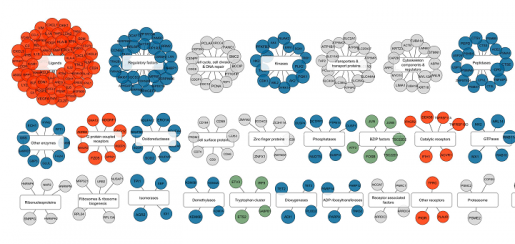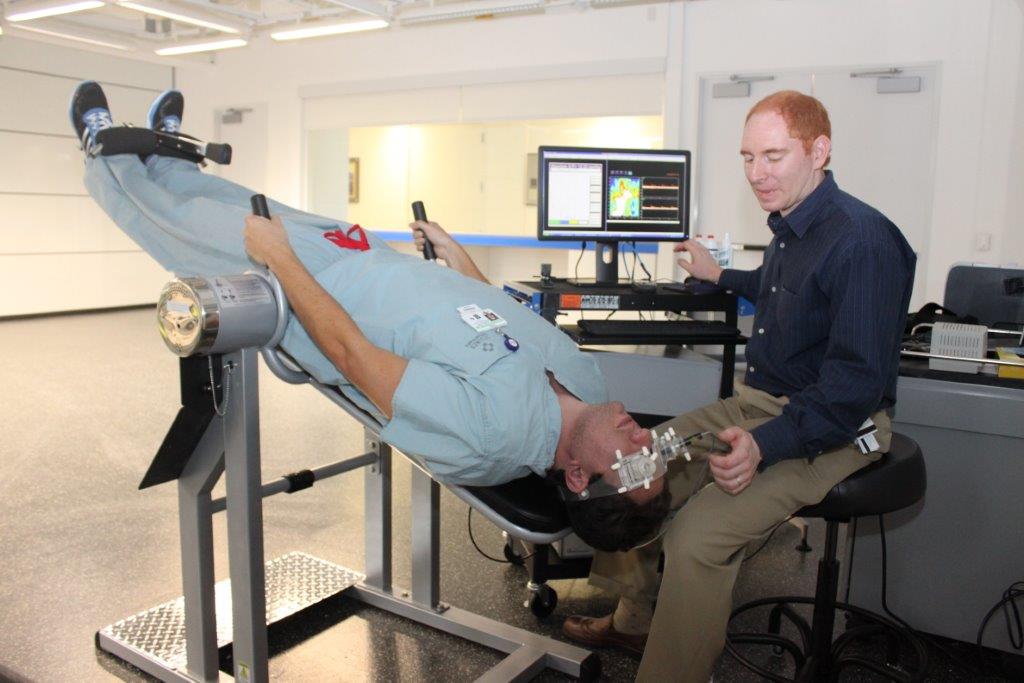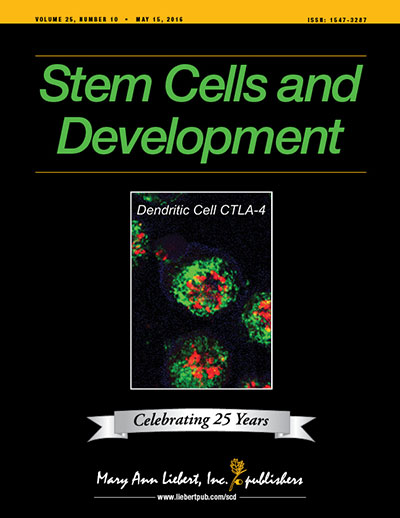Web resources make COVID-19 research more accessible to the scientific community
For years, the scientific community has been generating and archiving molecular datasets documenting how genes are expressed as cells conduct their normal functions, or in association with disease. However, usually this information is not easily accessible.
In 2019, Dr. Neil McKenna and his colleagues developed the Signaling Pathways Project, a web-based platform that integrates molecular datasets published in the scientific literature into consensus regulatory signatures, or what they are calling consensomes, that rank genes according to their rates of differential expression.

“In the current study, we generated consensomes for genes affected by infection with three major coronaviruses, Middle East respiratory syndrome coronavirus (MERS) and severe acute respiratory syndrome coronaviruses 1 (SARS1) and 2 (SARS2, which causes COVID-19),” McKenna said.

As a result, researchers around the world are a step closer to a better understanding of the intricacies of COVID-19 via the two new web resources developed by McKenna’s group at Baylor College of Medicine and investigators at the University of California San Diego.
“Our motivation for developing these resources is to contribute to making research about COVID-19 more accessible to the scientific community. When researchers have open access to each other’s work, discoveries move forward more efficiently,” said McKenna, associate professor of molecular and cellular biology and member of the Dan L Duncan Comprehensive Cancer Center at Baylor.
The web resources provided by McKenna and his colleagues assist researchers in making the most out of coronavirus’ datasets. The resources identify the genes whose expression is most consistently affected by the infection and integrate those responses with data about the cells’ molecular signaling pathways, in a sense getting a better picture of what happens inside a cell infected by coronavirus and how the cell responds.
“The collaboration with UCSD makes our analyses available as intuitive Cytoscape-style networks,” says McKenna. “Because using these resources does not require training in meta-analysis, they greatly lower the barriers to usability by bench researchers.”
Providing new insights into COVID-19
The consensus strategy, the researchers explain, can bring to light previously unrecognized links or provide further support for suspected connections between coronavirus infection and human signaling pathways, ultimately simplifying the generation of hypotheses to be tested in the laboratory.
For example, the connection between pregnancy and susceptibility to COVID-19 has been difficult to evaluate due to lack of clinical data, but McKenna and colleagues’ approach has provided new insights into this puzzle.
“We found evidence that progesterone receptor signaling antagonizes SARS2-induced inflammatory signaling mediated by interferon in the airway epithelium. This finding suggests the hypothesis that the suppression of the interferon response to SARS2 infection by elevated circulating progesterone during pregnancy may contribute to the asymptomatic clinical course,” McKenna said.
Consistent with their hypothesis, while this paper was being reviewed, a clinical trial was launched to evaluate progesterone as a treatment for COVID-19 in men.
The resources are freely available through the Signaling Pathways Project (Baylor) and the Network Data Exchange (UCSD).
Would you like to know all the details about this work? Find them in the journal Scientific Data.
Scott A. Ochsner at Baylor College of Medicine and Rudolf T. Pillich at the University of California San Diego were also authors of this work.
This study was supported by the National Institute of Diabetes, Digestive and Kidney Diseases NIDDK Information Network (DK097748), the National Cancer Institute (CA125123, CA184427) and by the Brockman Medical Research Foundation. The Signaling Pathways Project website is hosted by the Dan L Duncan Comprehensive Cancer Center.



